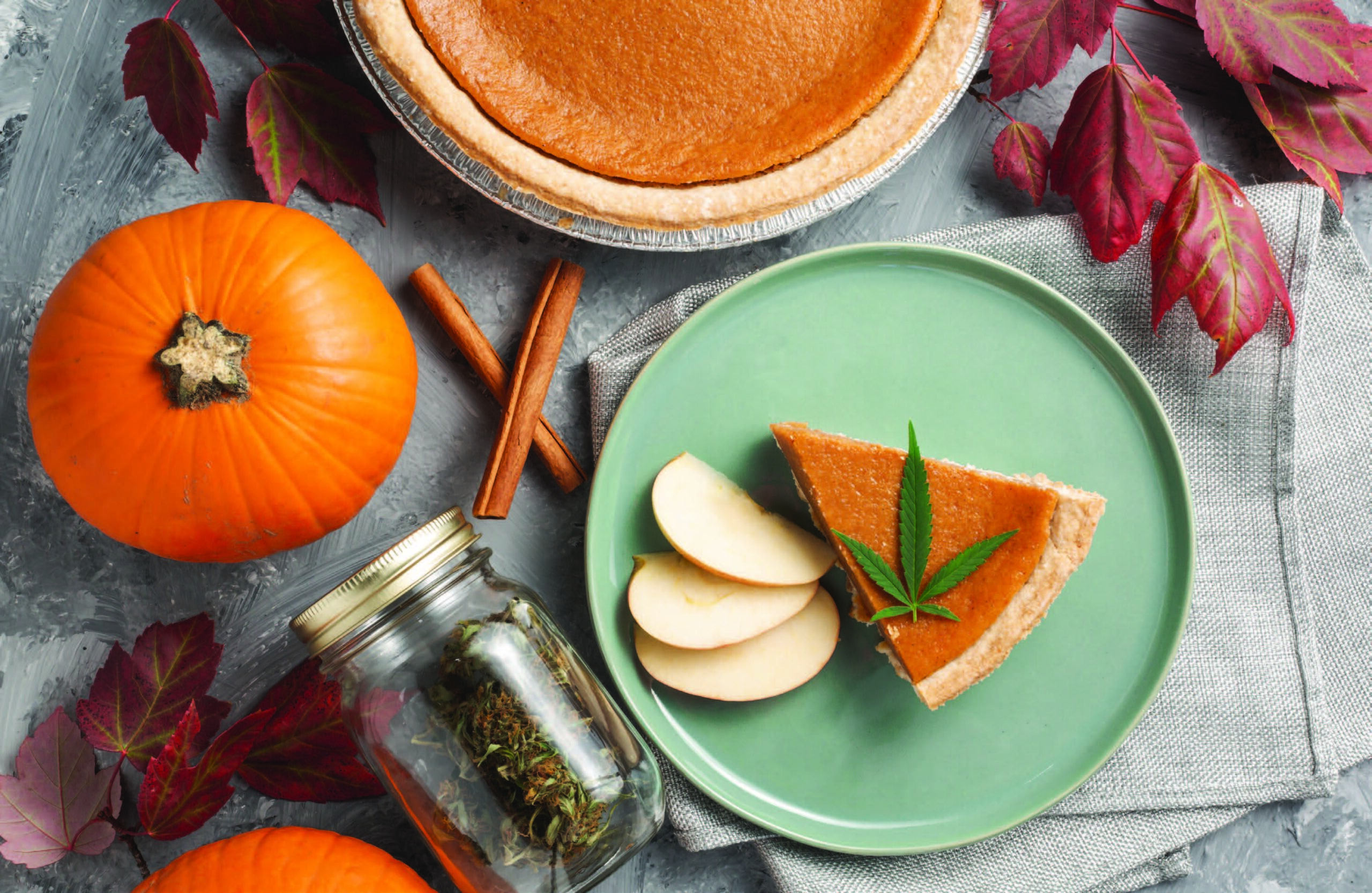Not too long ago, I found myself at the bar at El Moro sampling a new cocktail from their spring menu. While I sipped on my Strawberries Taste Like Strawberries (which is 100 percent delightful, btw), I couldn’t help myself from ordering an old-time favorite: a stemmed shot class filled with a peculiarly dark liquid. The gentleman sitting next to me was intrigued.
“What the heck is that?” he asked. From his accent, I guessed he wasn’t from around here.
“Fernet,” I replied. “It’s the house favorite at this bar. You should order one, but I have to warn you: it’s strong and something of an acquired taste.”
He declined – probably a good idea in this case – and we got to chatting about the restaurants in town. He was (as I had assumed) from out of town, and they sure didn’t have so many fancy bars where he was from.
“I’ve never seen so many different kinds of liquor in my life,” he exclaimed, gesturing up to the wall behind the bar as someone was clambering up a ladder for an out-of-reach bottle. He wasn’t exactly ready to venture outside the Jack and Coke in front of him, but he was intrigued by his newfound options and I was certainly trying to encourage that.
Then, he said something that, although not intended to offend, definitely struck me the wrong way. “The only thing I don’t get is why all the bartenders in this town have to use that damned jigger. Stop being so stingy and give me a real pour already!”
It didn’t seem like the time or the place to begin educating this man on craft cocktails, or how the industry has evolved to make mixology as much a science as it is an art. Would he understand – even if I explained it – how jiggering isn’t about being stingy? How it allows bartenders to carefully blend a variety of flavors into a perfect drinking experience? Or was this guy dead set on the idea that a good bartender is just someone who knows how many counts it takes to get to a proper pour?
The comment brought me back to a memory of a guy I dated in college. After flunking out of yet another semester of school (a lesson in red flag detection, let me tell you), he enrolled in professional bartending school. I don’t know if those things exist anymore, but in Tennessee at the time, they were making good money teaching wanna-be-bartenders how to pour by counting. Included in the price of tuition was an education in flair, like tossing bottles behind your back, flipping napkins, and other tricks designed to wet panties and earn more tips. I’m not sure my friend learned anything about the liquors themselves, but he sure did learn how to put on a show.
Sadly, after graduating from the program, he was placed at a country club. He poured more scotch on the rocks than anything, and the establishment had a zero-tolerance policy for showmanship. They were also uninterested in his free-pouring methods and insisted he measure out every cocktail to ensure they weren’t losing money on the deal.
And, really, that’s where the jigger gets a bad rap: it is often seen as a way for bars to save money. The thought is that a free pour gives you more bang for your buck, while a jigger only gives you exactly what you’ve paid for. Good for the bar, bad for your getting-drunk-on-a-budget goals.
You might find yourself nodding your head by this point, wishing that every bar in town would go back to the free and loose days of giving you the pour that you deserve. It’s true that you don’t need a jigger to make a vodka soda taste like a straw full of flavorless bubbles (gluten-free, low-carb, fitting-into-the-trendy-diet-of-the-moment flavorless bubbles, that is), but you do need a jigger for anything on the Bookcase & Barber or El Moro’s menus.
These cocktails can contain six or more ingredients, each bringing a specific flavor profile that comes together to create a perfect sipping experience. If the bitter amaro overpowers the delicate, flowery St. Germain, the drink will taste unbalanced. They’re carefully crafted, depending on specific, measured pours to be successful and – more importantly – consistent. No one wants to recommend something to a friend only to have them try it and think it tastes like crap.
When it comes down to it, I’m all about the measured pour, but I’m also pretty opinionated about my cocktails. You’d better do nothing more than whisper the word “vermouth” into my martini glass, and I’d like exactly three drops of Angostura bitters in my Old Fashioned (made with rye, not bourbon). But hey – that’s just me.
Which team are you: free pouring or jiggering? Tag a bartender and see where they side on the debate!
Lindsay Mattison













